Temperate rainforests are being planted all over Britain — what are they and why do we need them?
Glen Auldyn on the Isle of Man is part of a £38 million restoration scheme to re-establish rainforests all over the world. Lotte Brundle went to see what's going on.
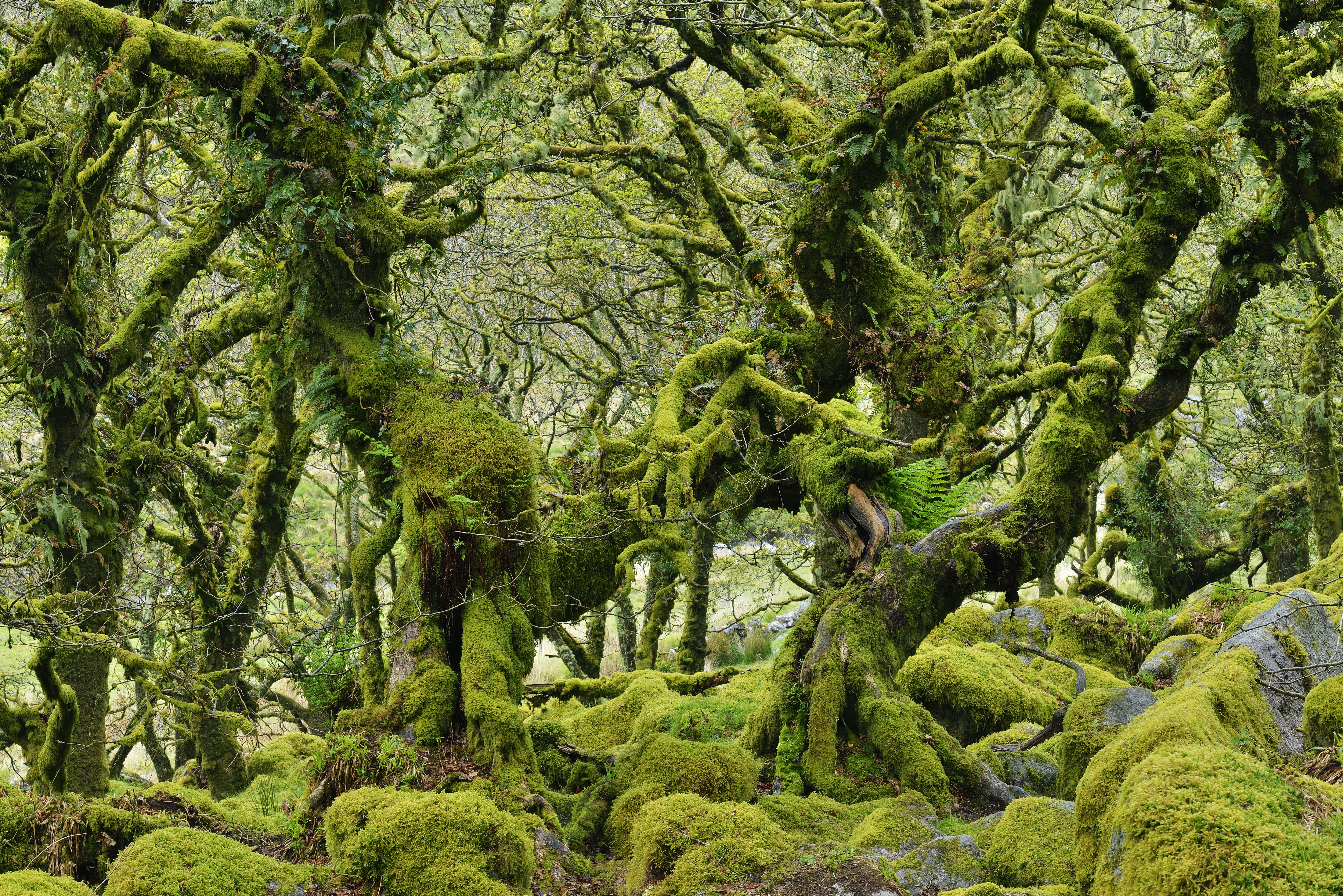

When you hear ‘The Isle of Man’, the last thing that likely comes to mind is the exotic landscape of a thriving rainforest. And yet, a new temperate rainforest is set to become the islands largest nature reserve yet. It is part of a £38 million restoration scheme by The Wildlife Trusts that plans to re-establish rainforests all over the world — improving biodiversity and removing 800,000 tonnes of carbon from our atmosphere.
The 750 acres at Glen Auldyn, just outside of Ramsey, is the second project of its kind on the Isle of Man, and the largest area to be part of the programme so far. Creg y Cowin in East Baldwin was one of the first places to be named as part of the project, but it pales in comparison to the sheer scale of Glen Auldyn. This site will be more than seven times larger than the island’s current largest nature reserve and will feature many native Manx oaks. Downy birch, holly, alder, mountain ash, hazel and willows will also be planted, which will hopefully lure a wider array of wildlife to the area.
But what exactly does a temperate rainforest look like, and how do you go about planting one? It's a sunny day on the Isle of Man when I set out to meet Graham Makepeace-Warne, the CEO of Manx Wildlife Trust, at Glen Auldyn reserve, but it didn’t take long for the rain to set in. Bad news for my brand-new jeans, but excellent conditions for a temperate rainforest. On our drive to the reserve, Graham’s old and battered Land Rover sustains many further batterings from the shrubbery we pass on the way. ‘That’s why we bought this car,’ he says. He became the CEO three months ago, after a career change that saw him leave a role at a marketing agency in Manchester to forge a career in conservation. ‘For me, it's completely a vocation,’ he says as we get out of the car and begin to put on our walking gear, readying ourselves for a trek around the reserve. ‘I mean, I cut my income by two thirds overnight moving from marketing into conservation, but it's just something I'm really passionate about, and want to try and do something about it before I die.’
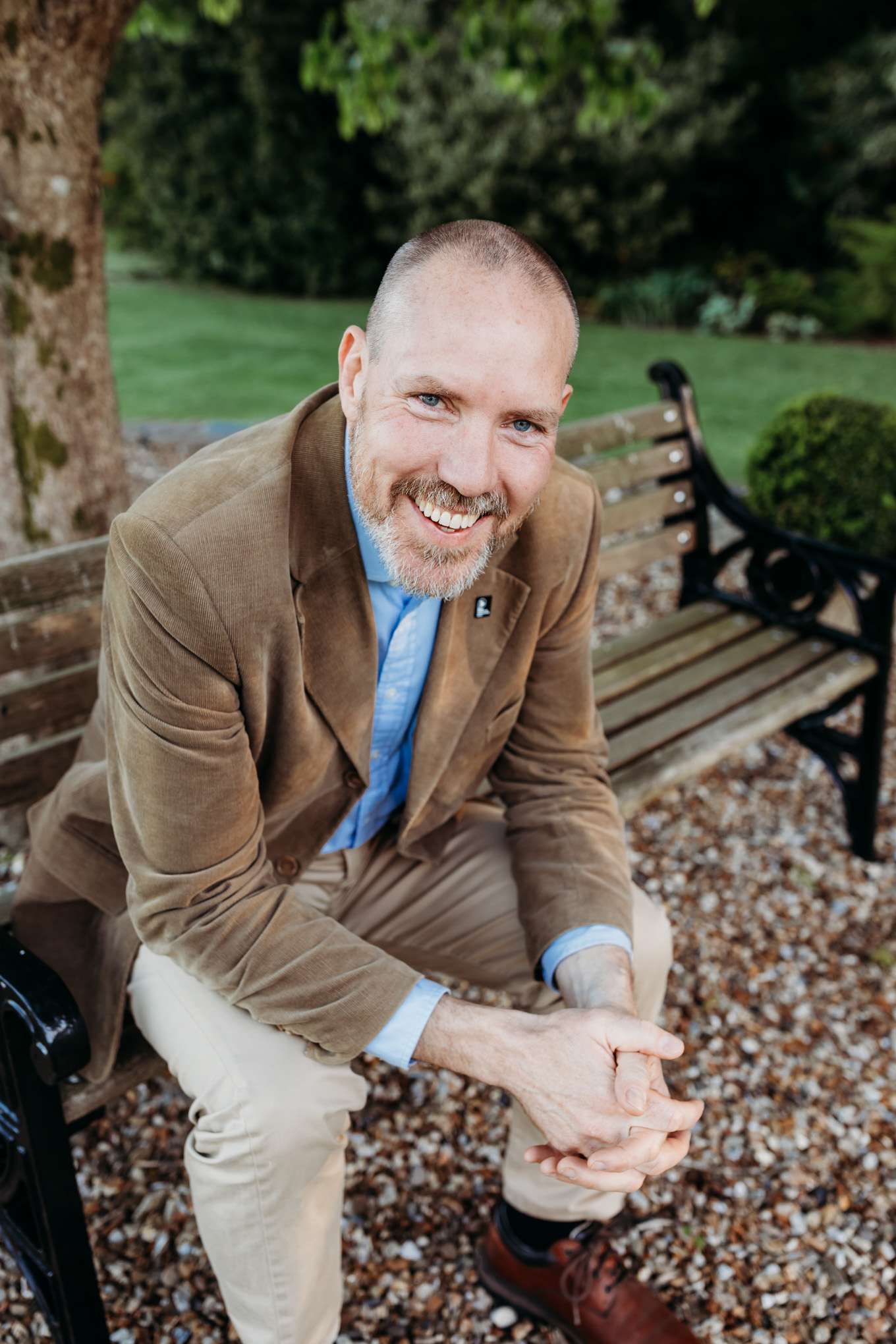
'It's not just about wildlife, it's about people too,' says Graham Makepeace-Warne of the project.

The project is a brainchild of Rob Stoneman, the director of landscape recovery for Wildlife Trusts. It came about through a conversation with Aviva, the UK's biggest insurance firm, after they had undertaken a carbon-offsetting project ‘which I believe was essentially a forest-protection scheme, which, if anyone knows anything about carbon offsetting and carbon credits, there's no additionality,’ says Graham. ‘You're basically saving a bit of forest from being destroyed, but you're not actually creating any more sequestered carbon. And so they got their fingers burned. People called them out for greenwashing, and they wanted to change and do things properly, and they felt the best way to do that was to speak to experts. For them, that was the Wildlife Trusts.’
Aviva pledged the £38 million to help restore temperate rainforests across the British Isles and islands, but this is not a purely altruistic enterprise. Aviva will receive carbon credits from the project, which will help their business, as the negative effects of climate change in the future could lead to more claims from their clients. ‘But for them, it's much, much more than that,’ Graham says as we trek through wilderness, climbing up to a higher point for a better view of the reserve. ‘It's about restoring habitats, bringing back wildlife for the benefit of both wildlife and people. People can enjoy these spaces…,’ he breaks off, distracted, pointing to a flick of yellow and black zooming past. ‘That's a really cool ichneumon wasp.’
'Rainforest is the same word, whether it's a tropical rainforest or a temporary rainforest — and that just basically means a forest of woodland that gets a certain amount of rainfall per year'
Graham Makepeace-Warne
Graham is clearly a man who is knowledgeable about, and who cares deeply about, his environment. Fortunately for us (and Aviva), he has been involved in the project on the Isle of Man from very early on. ‘What was good for us was that I was able to join a webinar fairly early on in the process. We were actually in Manx Wildlife Trust looking at a piece of land at Creg y Cowin. It was some low-grade farmland at the top of a valley that had been on the market for two years. Nobody wanted it. The price was quite good and it was flanked by a river on either side, so very, very damp. It already had a little copse of plantation woodland there, which was absolutely covered in lichens and mosses, with ferns just pouring off the trees. So you could just tell this was an ideal site for a temperate rainforest.’ The Manx Wildlife Trust has already planted in the region of 8000 trees at the Creg y Cowin site.
We climb higher, brushing past fern after fern, until we arrive at a rock face that has water trickling down its side into a small pond. On it are all manner of living things, green and springy, delighting in their damp surroundings. The beginnings of the rainforest are in the making already, and the environmental benefits are clear.
Exquisite houses, the beauty of Nature, and how to get the most from your life, straight to your inbox.
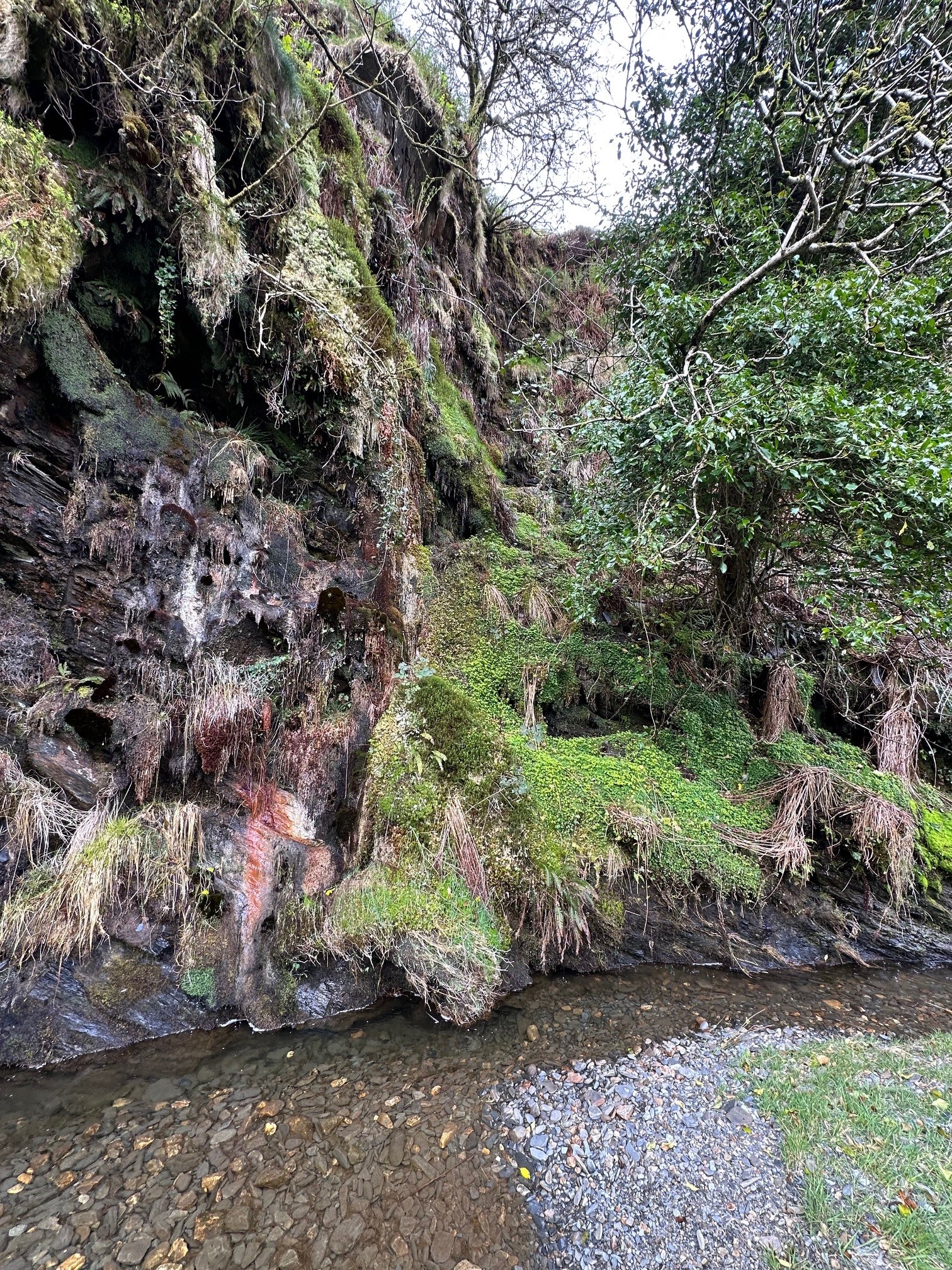
Biodiversity will make the reserve a hub of wildlife.
The rainforest will not be like one many imagine when they hear the word — toucans, jaguars, sloths and the like. ‘Rainforest is the same word, whether it's a tropical rainforest or a temporary rainforest — and that just basically means a forest of woodland that gets a certain amount of rainfall per year,’ Graham explains.
The project has drawn its critics. ‘I think there are concerns around land use and farmers perhaps worrying that we're taking land away from food production,’ Graham explains. ‘But we've proven now that we have a couple of sites where we do what's called “agroforestry”, where essentially once the trees get to a decent size and age, we actually put grazing animals back on there. Sheep or cattle or pigs can actually be really good in a woodland scenario for creating even more biodiversity, and they're obviously producing meat while they're doing it. So it doesn't have to be one or the other.’
‘We're now learning far more about just what value nature has for us as a population, not just in terms of creating food, but also in creating spaces where we can get out and improve our mental and physical health, so for me and for Manx Wildlife Trust, it's not just about wildlife, it's about people too.’
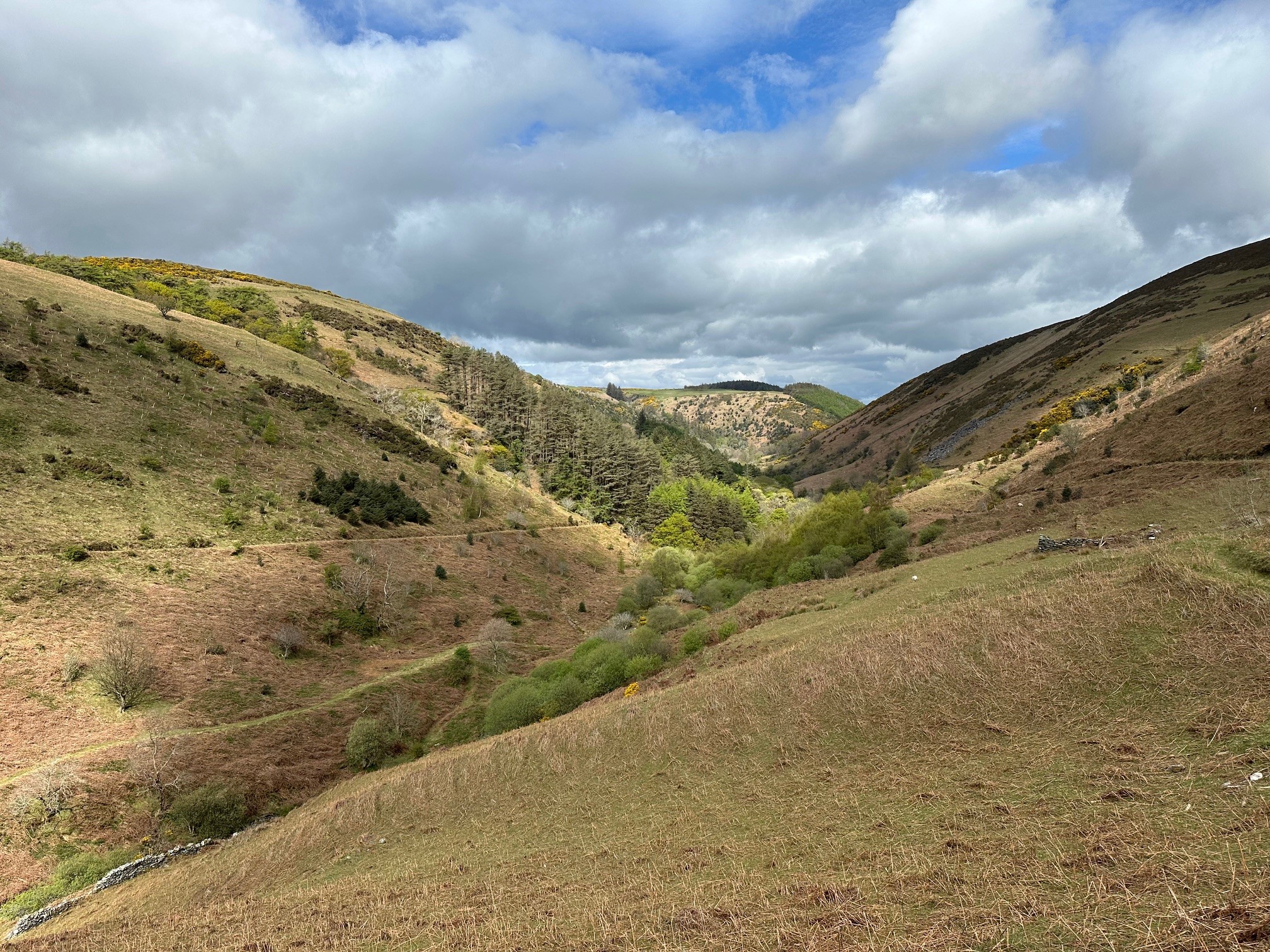
We reach the highest point of our climb so far and miles of land stretch out beyond, like a big green, luscious carpet. It is a wonderful demonstration of nature's might when left to thrive, undisturbed by man-made creations. Graham won’t live to see this rainforest grow, as it will take hundreds of years, but he says he doesn’t mind as he surveys the reserve. For him it is enough to know that he will have helped plant something better for the generations to come.
Lotte is Country Life's digital writer. Before joining in 2025, she was checking commas and writing news headlines for The Times and The Sunday Times as a sub-editor. She has written for The Times, New Statesman, The Fence and Spectator World. She pens Country Life Online's arts and culture interview series, Consuming Passions.
-
 Suit yourself: I’m a 49 year-old man-about-town and I’ve never owned a suit
Suit yourself: I’m a 49 year-old man-about-town and I’ve never owned a suitWhen Hugh Smithson-Wright turned up to Country Life's annual Gentleman's Life party sans suit, it sparked a passionate conversation about why the formal fashion just isn't for everyone.
-
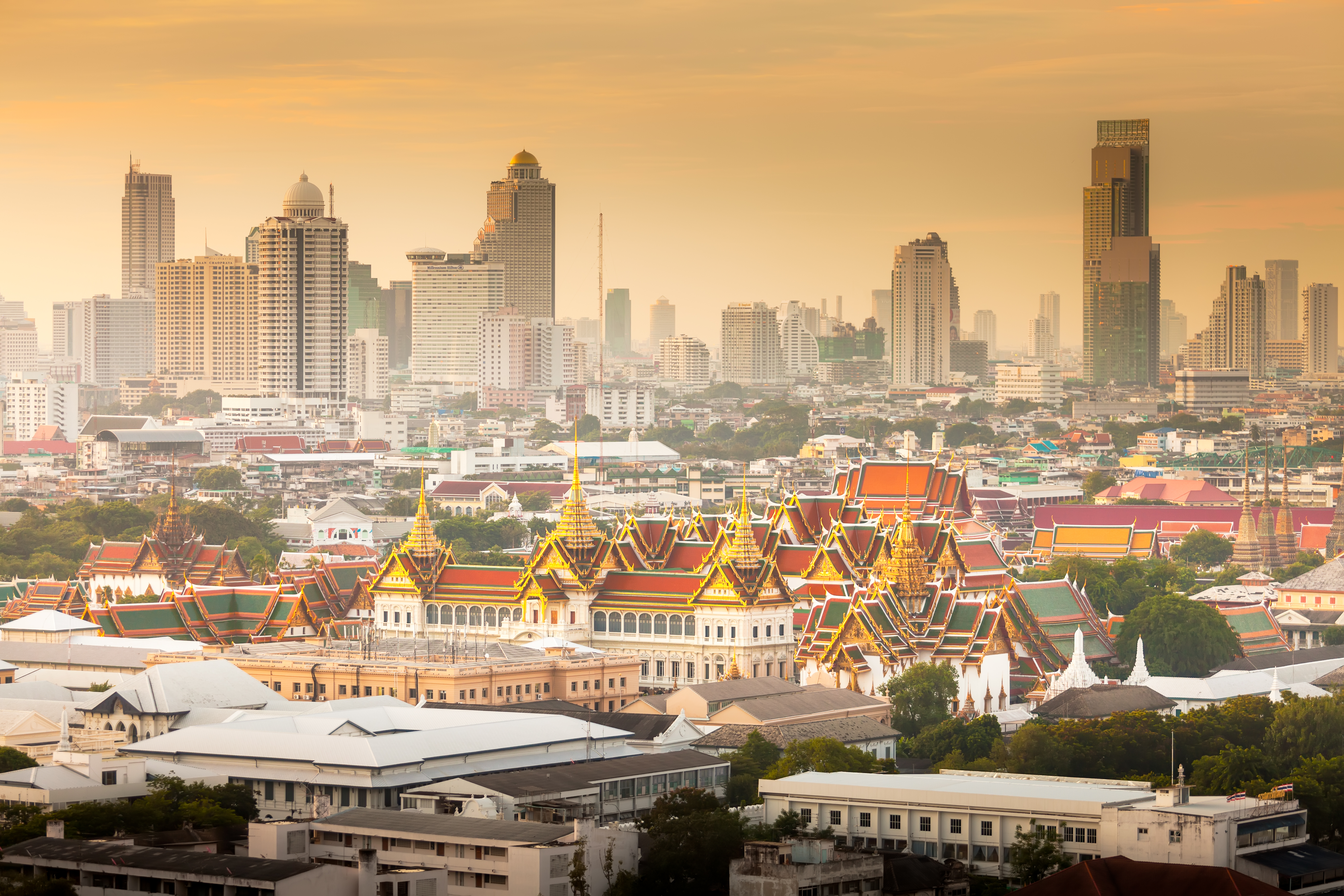 'The ugliness and craziness is a part of its charm': The Country Life guide to Bangkok
'The ugliness and craziness is a part of its charm': The Country Life guide to BangkokWhere to stay, where to eat and what to do in the Thai capital.
-
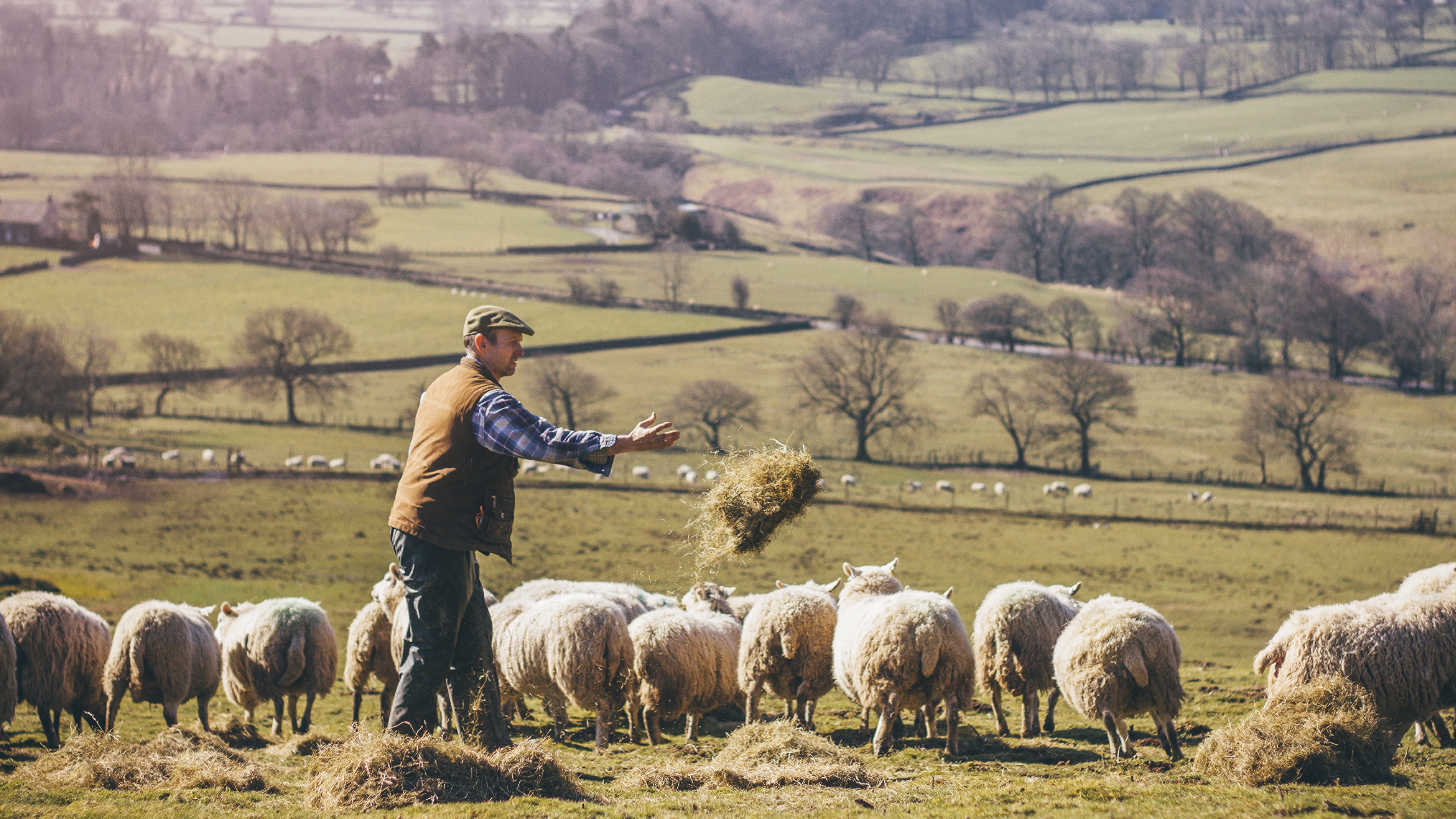 I was Jeremy Hunt’s main political adviser and helped put together multiple Autumn Statements and Budgets. This is what I think Rachel Reeves’s Budget means for the countryside
I was Jeremy Hunt’s main political adviser and helped put together multiple Autumn Statements and Budgets. This is what I think Rachel Reeves’s Budget means for the countrysideAdam Smith, former chief of staff to the Chancellor of the Exchequer, reflects on what last week's Budget means for the countryside and how we ensure the rural voice is heard loudly inside Budget preparations.
-
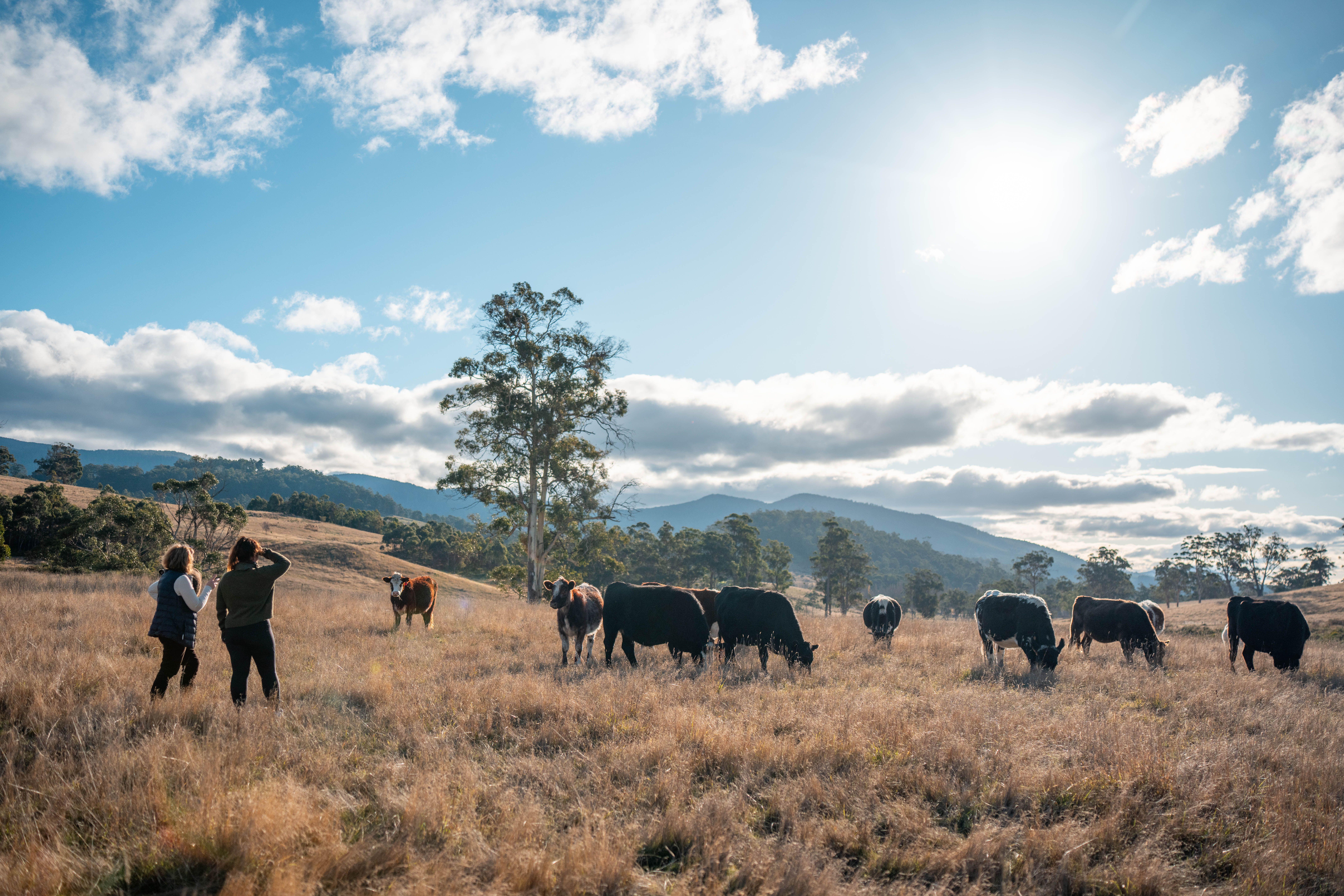 The Budget: What do we need to fix a broken countryside, and what will we get?
The Budget: What do we need to fix a broken countryside, and what will we get?With the Autumn Budget looming, countryside and heritage organisations reveal what they are hoping to hear to fix the turmoil — and what they are dreading
-
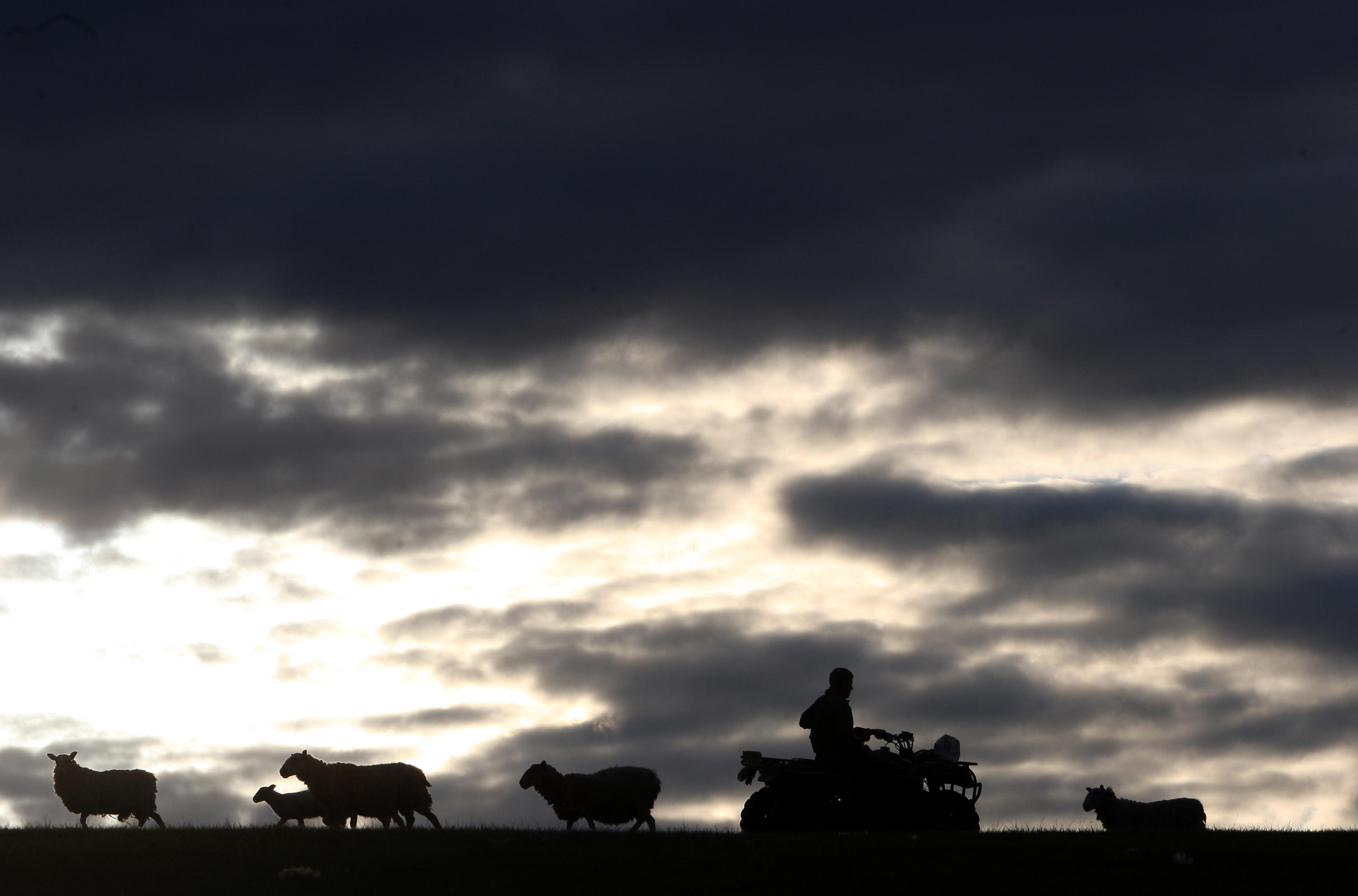 'I’m going to be the first in more than 100 years to sell anything off': How the upcoming budget uncertainty is impacting young farmers
'I’m going to be the first in more than 100 years to sell anything off': How the upcoming budget uncertainty is impacting young farmersChanges to inheritance tax, property relief and Defra budgets will likely change Britian's rural landscape. We ask the next generation of farmers what they think their future will look like.
-
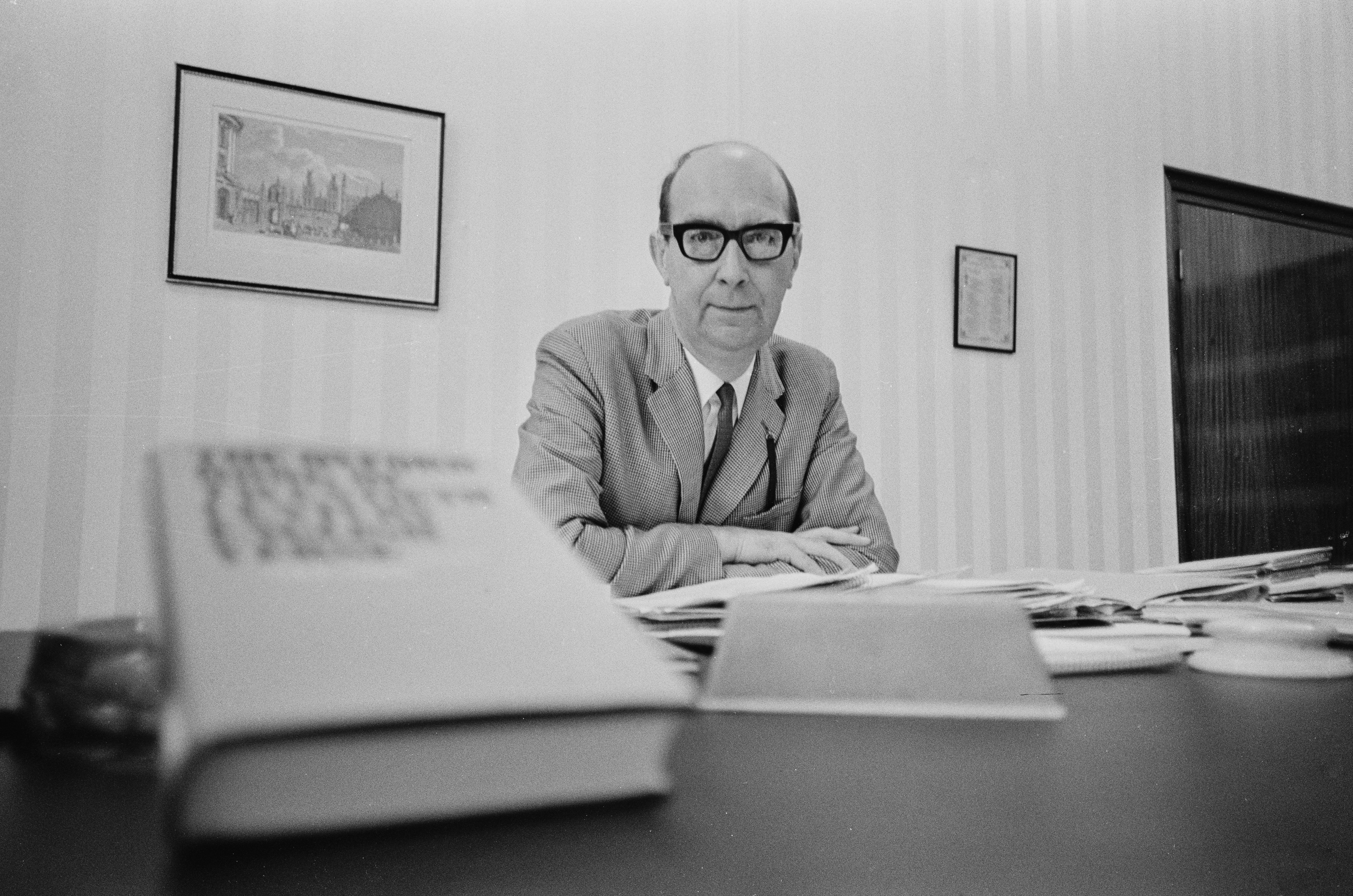 An unfenced existence: Philip Larkin's love of the countryside
An unfenced existence: Philip Larkin's love of the countrysideRichard Barnett pokes at Larkin’s protective carapace of soot-stained gloom and finds a writer with an unillusioned yet tenderly perceptive sense of Nature, in all its beauty and indifference
-
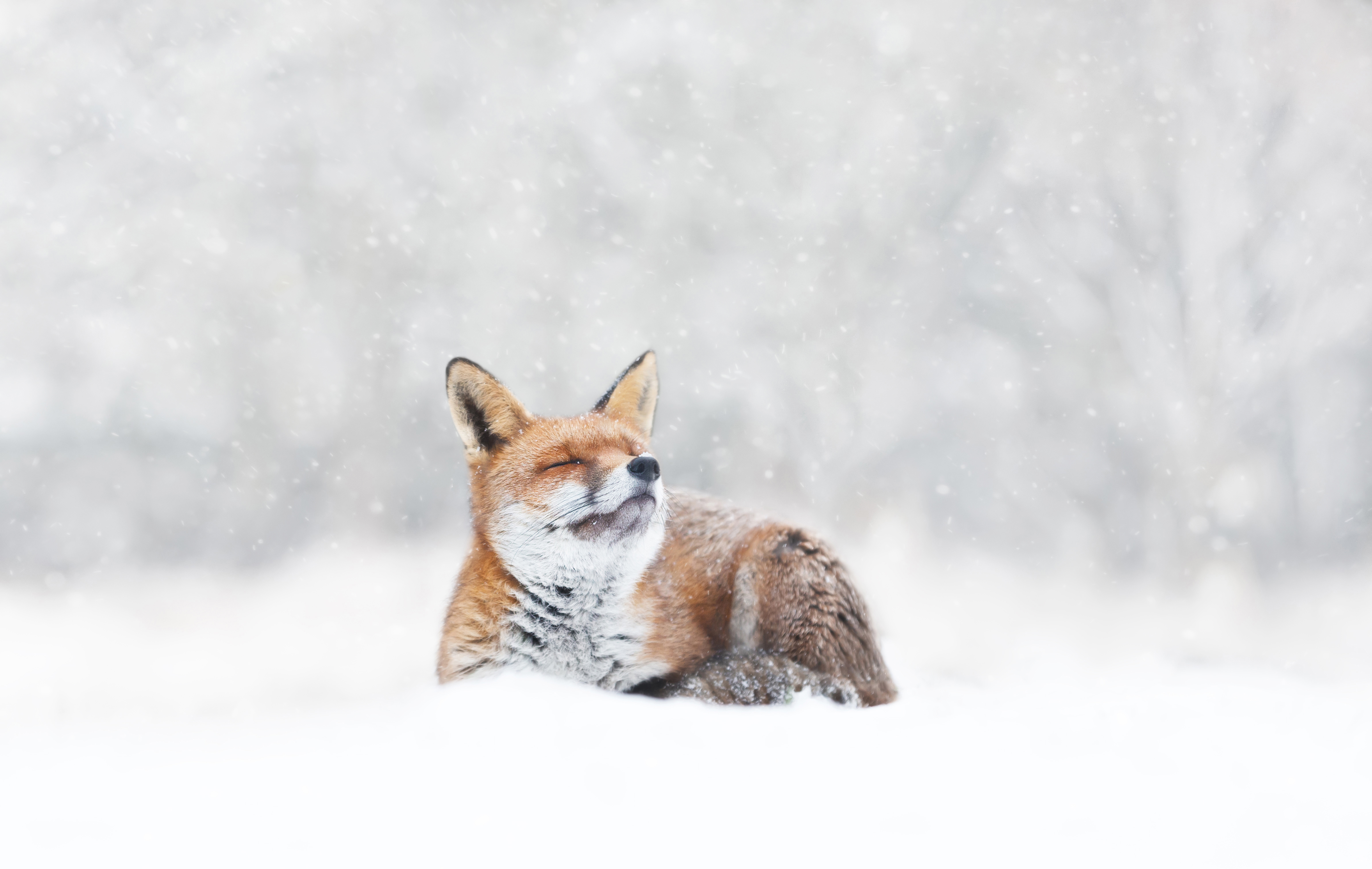 Baby, it’s cold outside (even if you have a natural fur coat): How our animals brave the winter chill
Baby, it’s cold outside (even if you have a natural fur coat): How our animals brave the winter chillWhen the temperature drops, how do Britain’s birds, beasts and plants keep the cold at bay? John Lewis-Stempel reveals Nature’s own thermals.
-
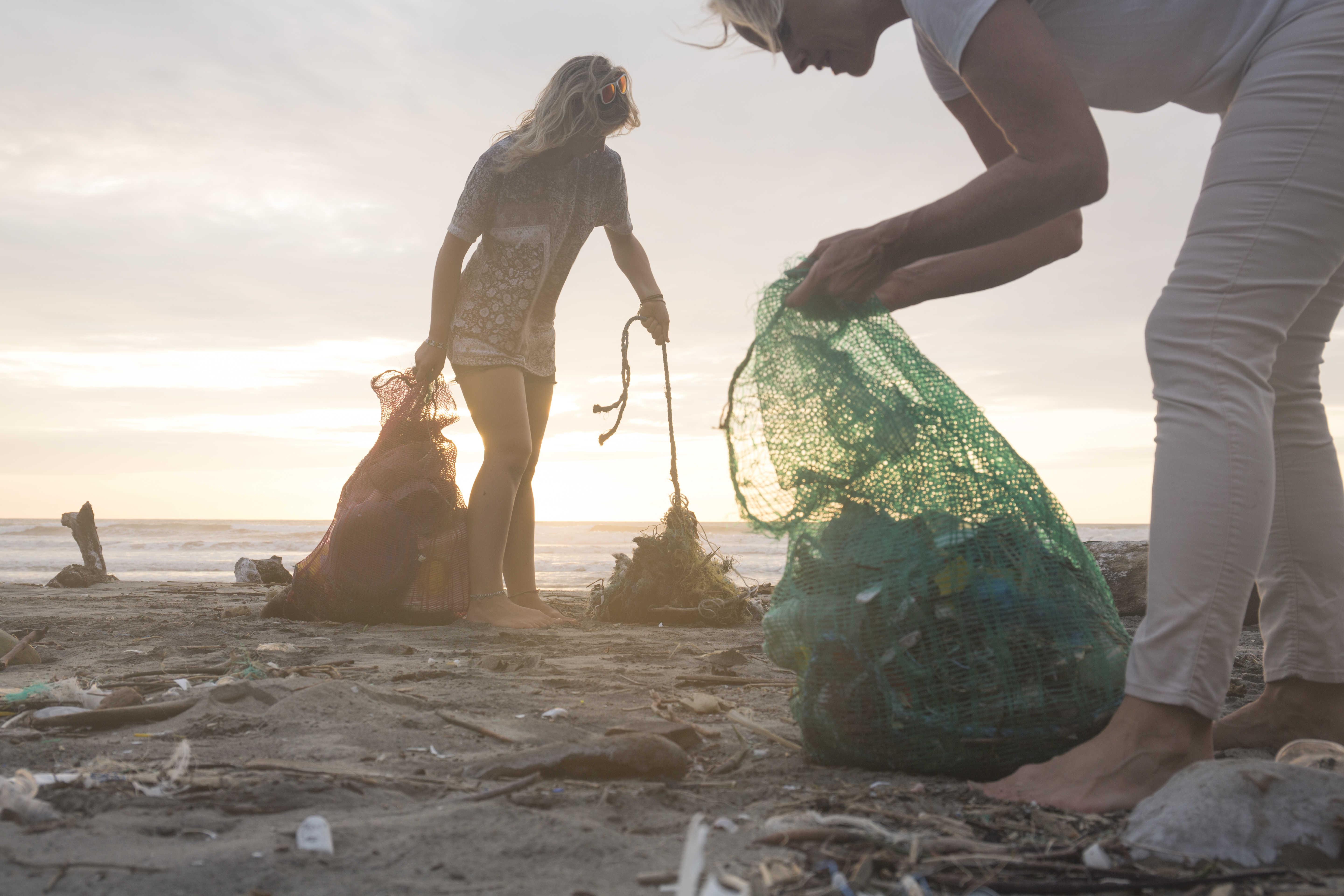 Retro rubbish: Waste from the 90s unearthed in 97-mile-long beach clean
Retro rubbish: Waste from the 90s unearthed in 97-mile-long beach cleanThe 6,482 volunteers unearthed waste discarded decades ago among the 232,229 pieces of litter recorded during the initiative.
-
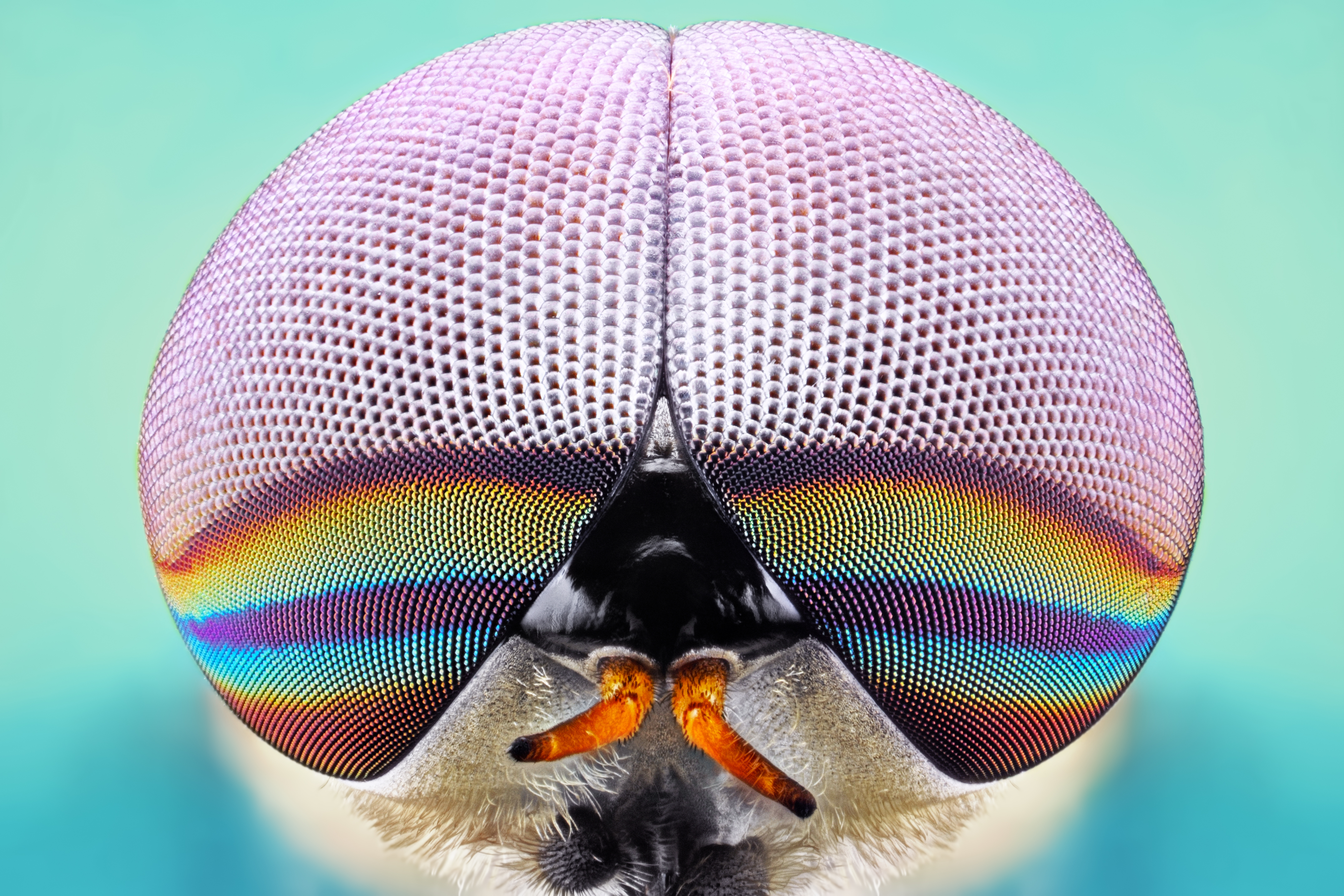 Dangerous beasts (and where to find them): Britain's animals that are best left alone
Dangerous beasts (and where to find them): Britain's animals that are best left aloneJohn Lewis-Stempel provides a miscellany of our otherwise benign land’s more fearsome critters.
-
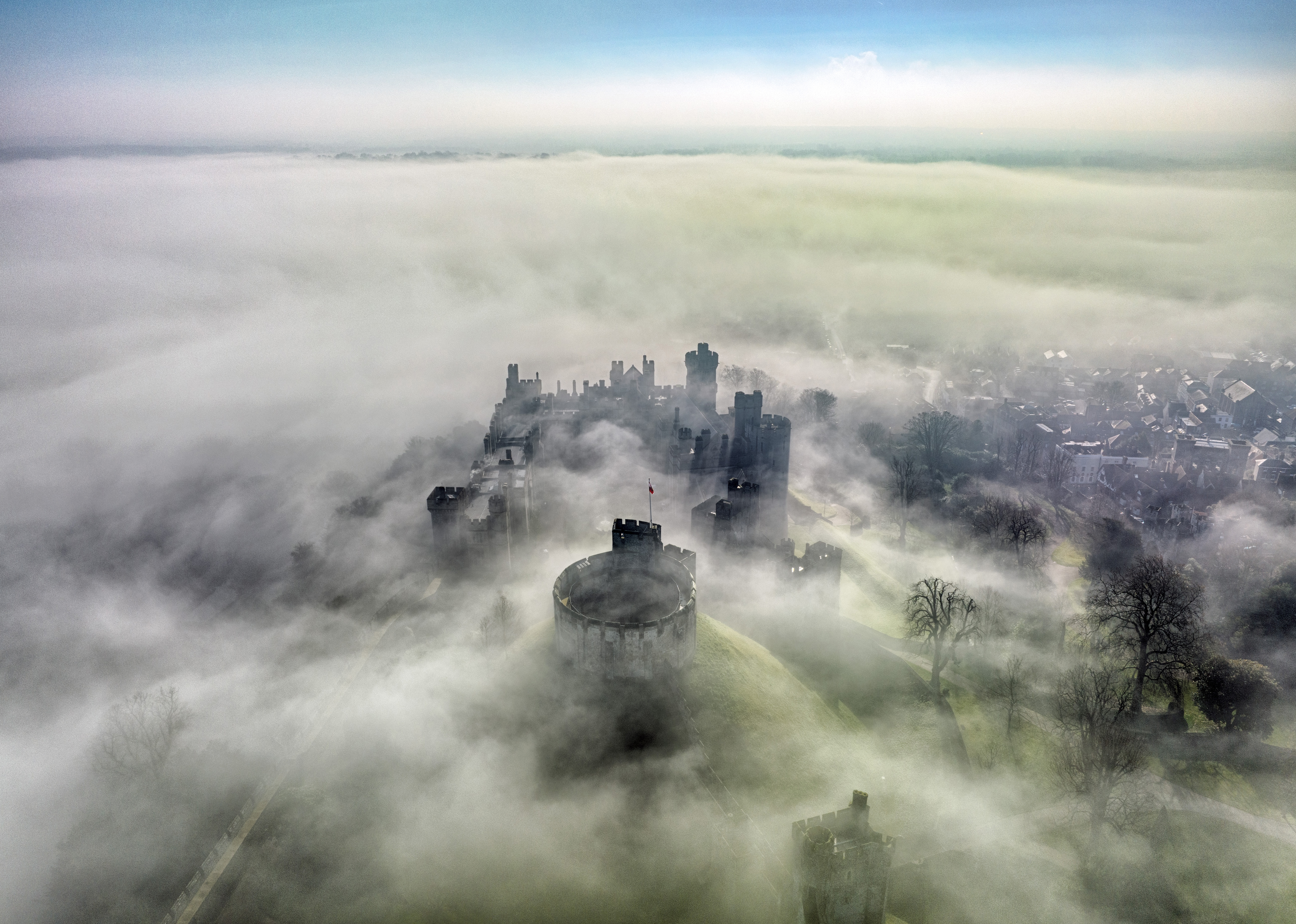 Mystery, muse and metaphor: There's more to fog than meets the eye
Mystery, muse and metaphor: There's more to fog than meets the eyeSmothering, transformative and beautiful, fog’s close-set shroud has inspired titans of literature, cinema and art — and forces the rest of us to look at the world a little closer.
